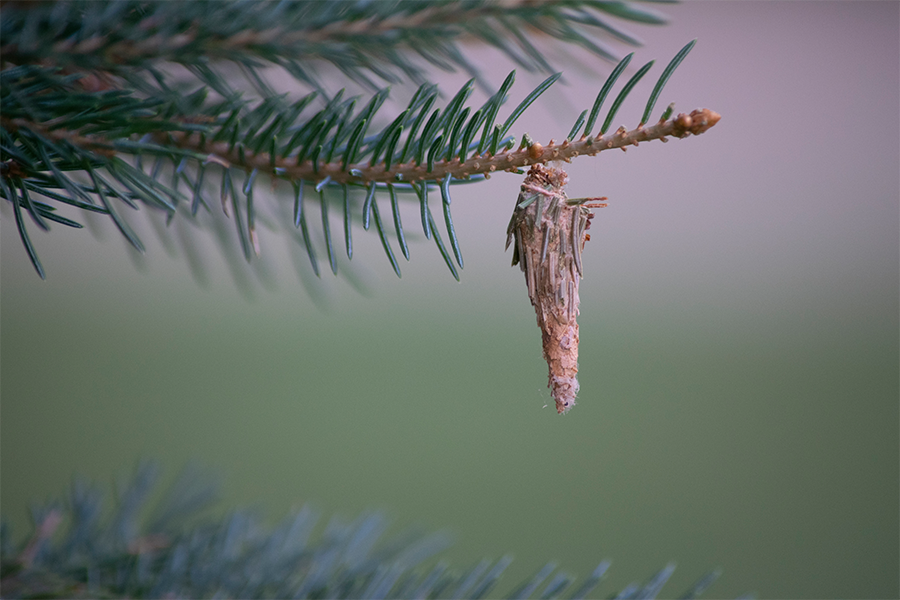Plant Pests and Diseases
-

The 2022 edition of this regional integrated pest management guide provides recommendations for strawberry production in the Southeastern U.S. Recommendations are based on information from the manufacturer’s label and performance data from research and Extension field tests. This publication is intended for use only as a guide. Specific rates and application methods are on the pesticide label, and these are subject to change at any time.
Phillip M. Brannen
|
-

The southern chinch bug, Blissus insularis Barber, is a serious insect pest of turfgrass, especially St. Augustinegrass, in Georgia. Bermudagrass, centipedegrass, and zoysiagrass are also attacked by southern chinch bug. They feed on grass using their piercing and sucking mouthparts. Affected turfgrass can form yellow to brown patches that are sometimes mistaken as indicators of disease or drought stress. Populations of southern chinch bug can build up at the edges of these patches at over 100 individuals per square foot, which can kill the affected grass. The development of southern chinch bug in the grass can easily go unnoticed because of their small size and dark-gray color, which blends in with thatch. This publication summarizes the biology, lifecycle and management options available for southern chinch bug in Georgia.
William G. Hudson, Shimat V. Joseph, and Fawad Khan
|
-

Sod webworms are a serious pest of turfgrass in Georgia. There is limited information available to the green industry and the public about the general biology, ecology, and management of this pest. This publication includes photos of sod webworms, their life cycle, and management options so that landscape industry professionals and homeowners can learn about the pest sufficiently to manage it.
William G. Hudson and Shimat V. Joseph
|
-

C 1237
Bagworms in Urban Landscapes
An introduction to bagworms, along with their biology, how they damage landscapes, and management options.
William G. Hudson, Shimat V. Joseph, and Oluwatomi Daniel Ibiyemi
|
-

The peanut production guide includes varieties, agronomic practices, pest management, irrigation management, equipment maintenance, maturity, and harvest practices.
Timothy Branner Brenneman, Pam Knox, Ronald Scott Tubbs, Walter Scott Monfort, Cristiane Pilon, and Glendon H. Harris
|
-

The 2021 edition of this regional integrated pest management guide provides recommendations for strawberry production in the Southeastern U.S. Recommendations are based on information from the manufacturer’s label and performance data from research and Extension field tests. This publication is intended for use only as a guide. Specific rates and application methods are on the pesticide label, and these are subject to change at any time.
Phillip M. Brannen
|
-

Integrated pest management information for blueberry producers in the Southeastern U.S. Recommendations are based on information from the manufacturer’s label and performance data from research and Extension field tests. This publication is intended for use only as a guide. Specific rates and application methods are on the pesticide label, and these are subject to change at any time.
Phillip M. Brannen
|
-

C 1253
Phony Peach Disease
This fact sheet covers phony peach disease: History, symptoms, disease cycle, and management.
Phillip M. Brannen and Kendall Anderson Johnson
|
-

The 2021 Southeast Regional Caneberry Integrated Management Guide covers topics such as pesticide stewardship and safety, insect and disease control, pre-transplant and transplant operations, fungicide and insecticide efficacy comparisons and spray schedules, weed management, wildlife damage, and more. Recommendations are based on information from the manufacturer’s label and performance data from research and extension field tests. Because environmental conditions and grower application methods vary widely, suggested use does not imply that performance of the pesticide will always conform to the safety and pest control standards indicated by experimental data. This publication is intended for use only as a guide. Specific rates and applications methods are on the pesticide label, and these are subject to change at any time.
Phillip M. Brannen
|